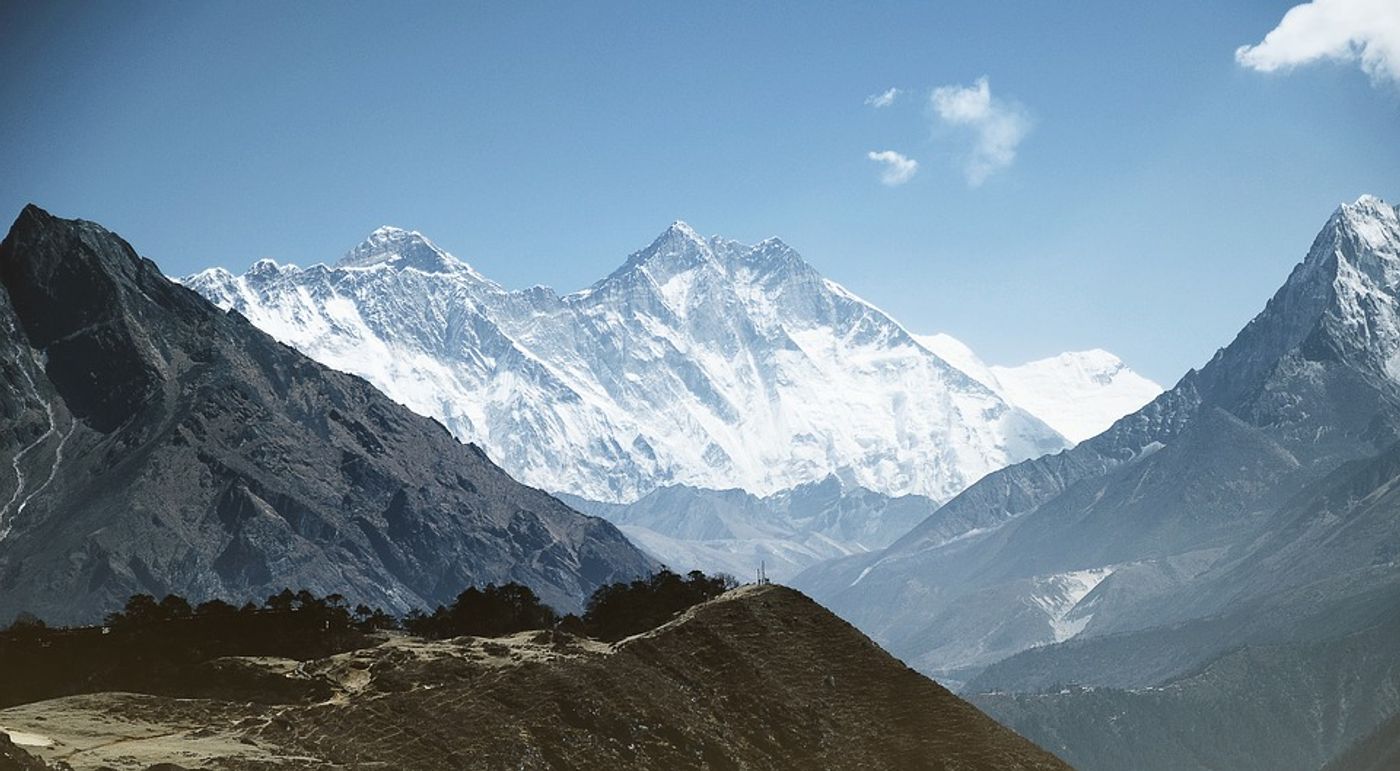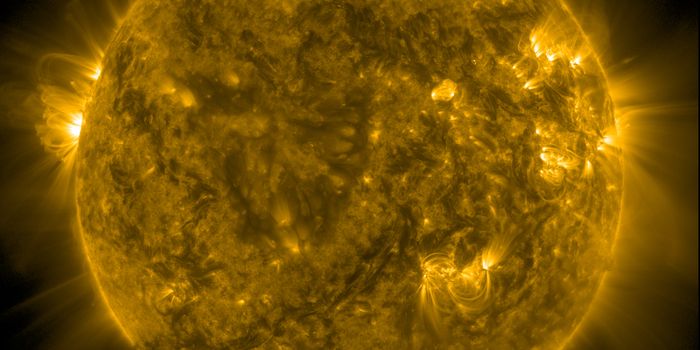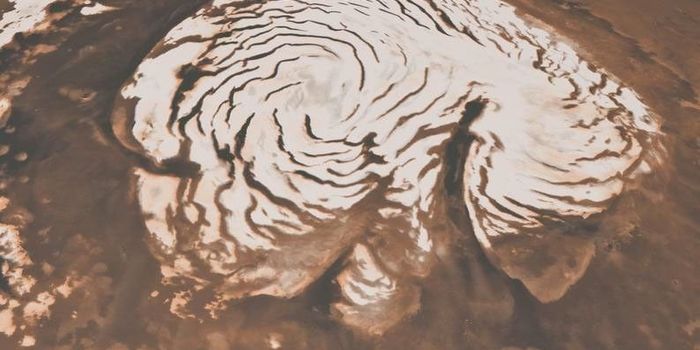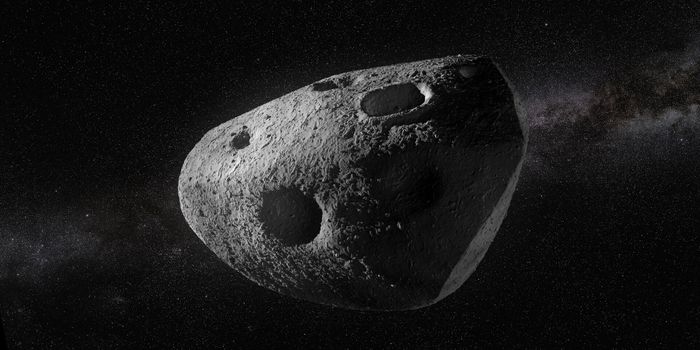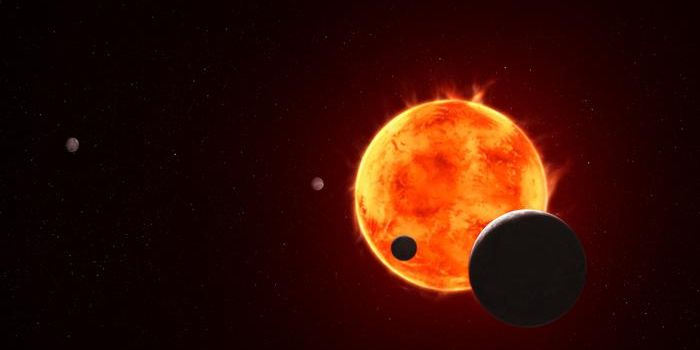Are the Himalayan glaciers endangered?
A recent study combining 40 years of satellite observations across India, China, Nepal and Bhutan, shows that the rate of melting in the Himalayan glaciers has risen substantially since 2000. In fact, according to the study, which was published in the journal Science Advances, the glaciers have been melting over a vertical foot and half of ice each year since 2000, which is more than twice the rate of melting seen from 1975-2000.
Lead author Joshua Maurer, a Ph.D. candidate at Columbia University's Lamont-Doherty Earth Observatory, and his colleagues looked at satellite images of over 650 glaciers over an east to west range of 2,000 kilometers in the Himalaya. "This is the clearest picture yet of how fast Himalayan glaciers are melting over this time interval, and why," he said.
The team determined that during the time period of 1975 to 2000, Himalayan glaciers melted an average of about 0.25 meters of ice per year because of climate change. But since 2000, the rate of melting has doubled, with glaciers losing about half a meter per year. While that maybe doesn’t sound like a lot, that much melting is equivalent to about 8 billion tons of water, or 3.2 million Olympic-size swimming pools.
While the Himalayas hold up to 600 billion tons of ice, losing that much ice and water will have, and indeed, already has had devastating consequences for the 800 million of people throughout Asia who depend on the glaciers’ meltwater for irrigation, hydropower and drinking water.
As Science Daily reports: “The accelerated melting appears so far to be swelling runoff during warm seasons, but scientists project that this will taper off within decades as the glaciers lose mass. This, they say, will eventually lead to water shortages. A separate study published this May estimates that yearly runoff is now about 1.6 times greater than if the glaciers were replenished at the same rate they were melting. As a result, in many high-mountain drainages, meltwater lakes are building rapidly behind natural dams of rocky debris; these are threatening downstream communities with potentially destructive and deadly outburst floods.”
Although the study did not determine the exact amount of mass the glaciers may have lost, the authors estimate it could be as much as a quarter of their mass over the last forty years. This begs the question, should we classify the Himalayas as endangered?
Sources: Science Daily, Science Advances
